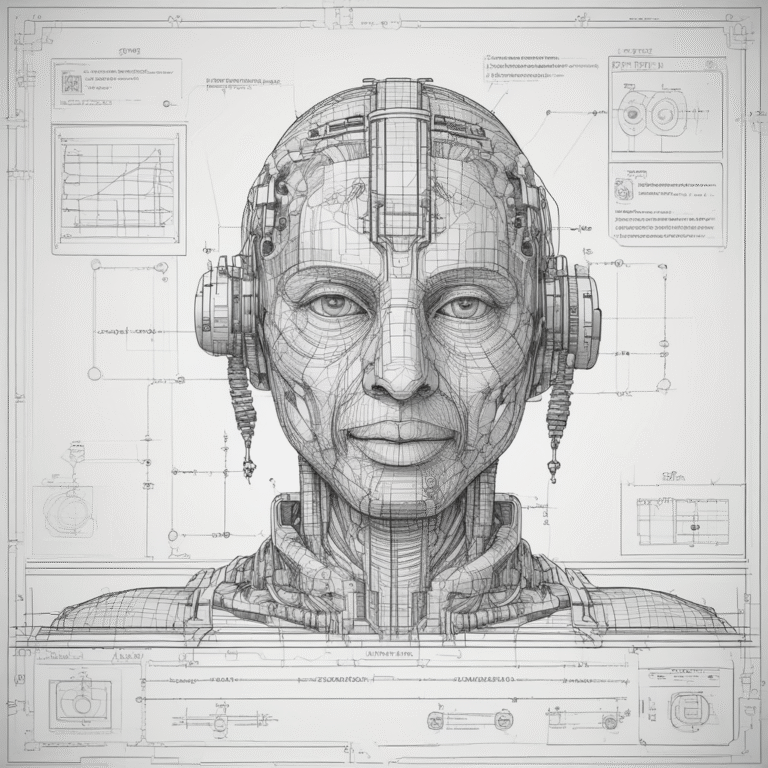EU AI Act: A Comprehensive Overview
The EU AI Act, officially known as Regulation EU 2024/1689, represents a significant regulatory framework aimed at governing artificial intelligence within Europe. Adopted on June 13, 2024, it is the world’s first comprehensive law to regulate AI, marking a critical shift from voluntary ethics to mandatory governance.
Why the EU Regulated AI
AI technologies have evolved beyond mere code; they now play a pivotal role in various sectors, influencing decisions that affect individuals and society at large. Examples include:
- Approving or denying credit
- Filtering job candidates
- Influencing healthcare and legal outcomes
In response to these impacts, the EU aims to:
- Protect fundamental rights and safety
- Avoid conflicting national regulations
- Promote trustworthy innovation
- Align AI practices with EU values, including democracy and the rule of law
The EU’s Risk-Based Approach
The AI Act adopts a layered risk model, whereby the level of risk associated with an AI system dictates the regulatory requirements. This model categorizes AI systems into four distinct risk levels:
1. Unacceptable Risk — Prohibited Systems
Systems deemed to pose an unacceptable risk are banned throughout the EU. These include:
- Social scoring by public or private entities
- Emotion recognition in educational and workplace settings
- Predictive policing based solely on profiling
- Real-time remote biometric identification in public spaces, with narrow exceptions
2. High Risk AI — Strict Requirements
High-risk AI systems can significantly impact individuals’ rights and safety. Examples of these systems include:
- Hiring and recruitment tools
- Educational assessment systems
- Healthcare diagnostic support
- AI applications in law enforcement or border control
- AI managing infrastructure or product safety
To comply with the regulations, high-risk AI systems must implement:
- Risk management procedures
- Detailed technical documentation
- Human oversight
- Incident reporting and logging
3. Limited Risk AI — Transparency Required
Limited risk AI systems, such as:
- Chatbots
- AI-generated content (e.g., deepfakes)
- Simulated human interaction tools
must inform users that they are interacting with AI.
4. Minimal Risk AI — No New Obligations
Most basic tools, including spam filters and product recommenders, fall under this category and are permitted without additional legal requirements.
Innovation Safeguards
The EU AI Act introduces several safeguards to encourage innovation, including:
- Regulatory sandboxes for testing high-risk systems
- Simplified rules for startups and small businesses
- EU-level guidance and funding opportunities
This framework allows for the development and testing of new AI systems while ensuring responsible risk management and documentation.
What is AI Assurance?
AI assurance refers to the process of ensuring that AI systems are safe, legal, and aligned with ethical expectations. Key components of AI assurance include:
- Independent testing
- Risk and impact documentation
- Performance evaluation
- Oversight and accountability mechanisms
With the implementation of the AI Act, assurance has become a legal requirement for many AI systems.
Timeline: When the Rules Apply
The following timeline outlines when various aspects of the EU AI Act will come into effect:
- August 2024: EU AI Office begins operations
- Late 2024 to 2025: Prohibited system regulations take effect
- Mid 2026: High-risk AI compliance required
- 2027: Full enforcement across all categories
Next Steps for Compliance
If your AI system is utilized in or impacts the EU market, consider the following questions:
- Is it classified as high risk?
- Do you possess testing and traceable documentation?
- Can the system elucidate its decision-making process?
- Are you prepared for audits or inquiries from regulators?
If the answer to any of these questions is no, it is crucial to invest in AI assurance as a priority.
Conclusion
The EU AI Act is a pioneering regulatory initiative that transitions AI governance from a set of guidelines to enforceable laws. For developers, teams, and public institutions, this shift necessitates a reorientation of compliance from an afterthought to a fundamental principle of governance in AI design.
Ultimately, AI assurance serves as the critical link between innovation and public trust.










